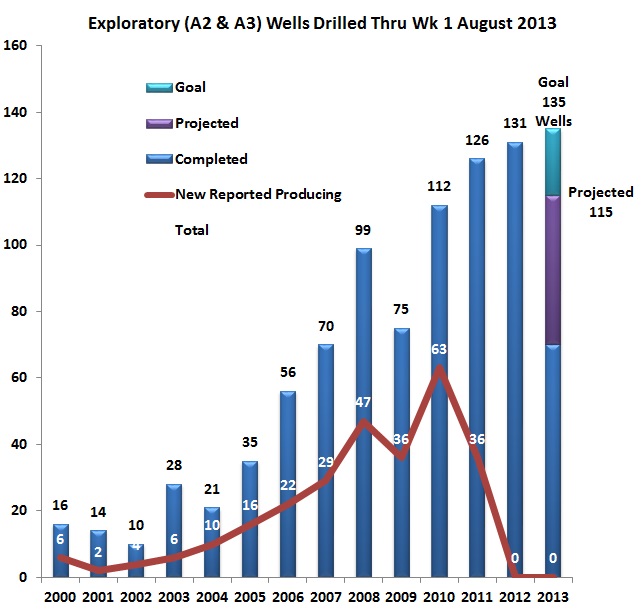Colombia’s Labor Ministry absolved Pacific Rubiales (NYSE:PRE) of any wrongdoing against claims from the Oil Workers Union (USO) that it had engaged in anti-union practices and fired employees for their union activity.
The recent green light to hold a popular vote in the municipality of Tauramena, Casanare, is making waves in the community and the local paper published an opinion piece calling for oil companies and contractors to demonstrate good practices in environmental matters, or face the consequences of community or legal action.
Small diameter pipeline operator Raven held a socialization session with municipal leaders in Paz de Ariporo to detail the advances in the environmental permitting process of the Llanos Express Pipeline (OXL) and discuss points of interest with the community.

The president of the Colombian Petroleum Association (ACP) Alejandro Martínez believes that not only will the number of exploratory wells in Colombia fall below expectations, it will come in below 2012 levels also.
The USO returned to an ongoing dispute with two of the largest oilfield service suppliers, Weatherford (NYSE:WFT) and Halliburton (NYSE:HAL), the union has accused both firms of anti-union practices and said legal and popular protest are an option.
The Minister of Mines and Energy (MinMinas) Amylkar Acosta said that coal miners Drummond and Cerrejón must reach an agreement on the elongated dispute over overlapping Coal Bed Methane gas (CBM) and coal production rights in the Ranchería River Valley, and that they have a month to do so.